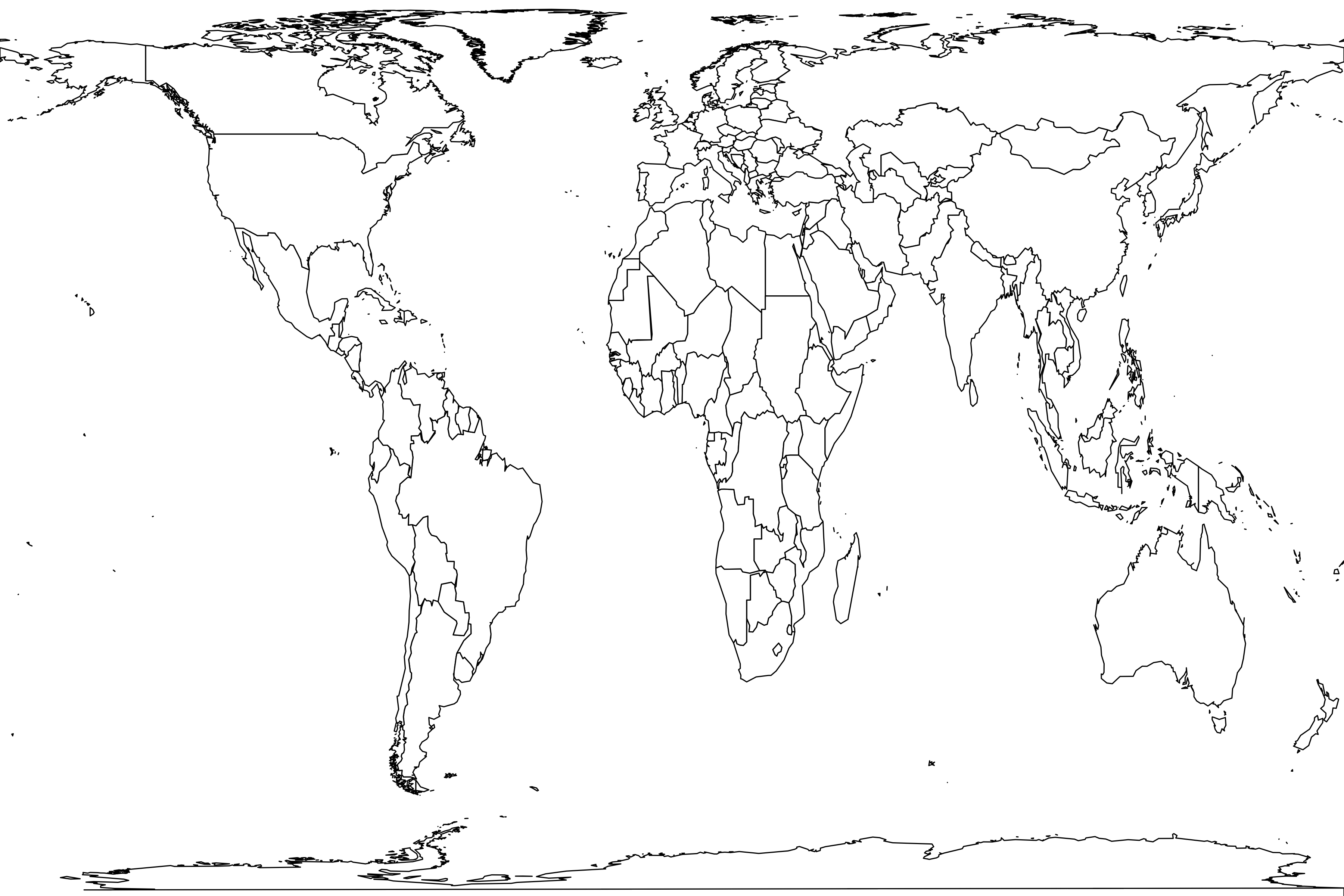Begash (Phase 4)
Basic information
Sample name: Begash (Phase 4)
Reference: M. Frachetti and N. Benecke. 2009. From sheep to (some) horses: 4500 years of herd structure at the pastoralist settlement of Begash (south-eastern Kazakhstan). Antiquity 83(322):1023-1037 [ER 3760]
Geography
Country: Kazakhstan
Coordinate: 45° 54' N, 79° 30' E
Latlng basis: stated in text
Time interval: Holocene
Section: 3760
Unit number: 6
Unit order: below to above
Max Ma: 0.001874
Min Ma: 0.0016
Age basis: radiocarbon (uncalibrated)
Geography comments: "The settlement at Begash is located in eastern Kazakhstan (Semirech'ye) in the piedmont zone of the Dzhungar Mountains (950m asl). The site nestles on a flat ravine terrace enclosed by steep canyon walls on the north, west and south, and is situated along a spring-fed stream".
Radiocarbon dates for Phase 4 range from 1874 ± 37 to 1600 ± 35 BP (AD 70-550).
Radiocarbon dates for Phase 4 range from 1874 ± 37 to 1600 ± 35 BP (AD 70-550).
Environment
Lithology: not described
Taphonomic context: human accumulation, settlement
Archaeology: ceramics, hearths, metal tools, other artifacts, other structures
Habitat comments: "The geography of the site indicates that Begash was a seasonally occupied winter time settlement for regionally mobile pastoralists".
"Phase 4 represents another period of intermittent use of the site. Fill layers above Phase 3b foundations suggest that the Saka (Iron Age) structures were not used, or that shorter term or more periodic habitation events predominated into the Wusun period. As in Phase 2, a number of hearths and trash pits across the site show that the site was not completely abandoned, but perhaps was used by smaller groups on a less consistent basis. Artifacts from Phase 4 levels also indicate activity at the site; spindle whorls, iron rivets, and ceramic slag all speak to productive activities".
"Phase 4 represents another period of intermittent use of the site. Fill layers above Phase 3b foundations suggest that the Saka (Iron Age) structures were not used, or that shorter term or more periodic habitation events predominated into the Wusun period. As in Phase 2, a number of hearths and trash pits across the site show that the site was not completely abandoned, but perhaps was used by smaller groups on a less consistent basis. Artifacts from Phase 4 levels also indicate activity at the site; spindle whorls, iron rivets, and ceramic slag all speak to productive activities".
Methods
Life forms: carnivores, ungulates
Sampling methods: quarry, screenwash
Sample size: 264 specimens
Years: 2005 - 2006
Net or trap nights: 0
Basal area status: not applicable
Sampling comments: "Begash was excavated in 2005 and 2006. During the excavation, faunal remains were carefully collected by hand in all trenches of the site and screening of 50 per cent of the excavated soil was performed through a 10 mm screen. We also wet sieved and floated representative hearth and midden samples from nearly all stratigraphic contexts. While overall bone preservation is good, the remains are characterised by a high degree of fragmentation with only very few bones being complete".
Metadata
Sample no: 4019
Contributor no: Benjamin Carter
Enterer: Benjamin Carter
Created: 2022-10-17 17:23:57
Modified: 2023-05-30 02:20:19
Abundance distribution
Each square represents a species. Square sizes are proportional to counts. Values are logged.
Statistics
10 species
1 singleton
total count 264
geometric series index: 14.5
Fisher's α: 2.056
geometric series k: 0.6145
Hurlbert's PIE: 0.5849
Shannon's H: 1.264
Good's u: 0.9963
Register
| Ovis aries (sheep) | 32 | |
| Capra aegagrus hircus (wild goat) | 1 | |
| also 293 Caprinae indet. | ||
| Bos taurus (cow) | 160 | |
| Equus ferus caballus (domestic horse) | 45 | |
| Canis lupus familiaris (dog) | 5 | 43.0 kg |
| Cervus elaphus (red deer) | 11 | |
| Gazella subgutturosa (goitered gazelle) | 2 | 17.0 kg |
| Ovis ammon (argali) | 4 | |
| Sus scrofa (pig) | 2 | |
| Vulpes vulpes (red fox) | 2 | |


